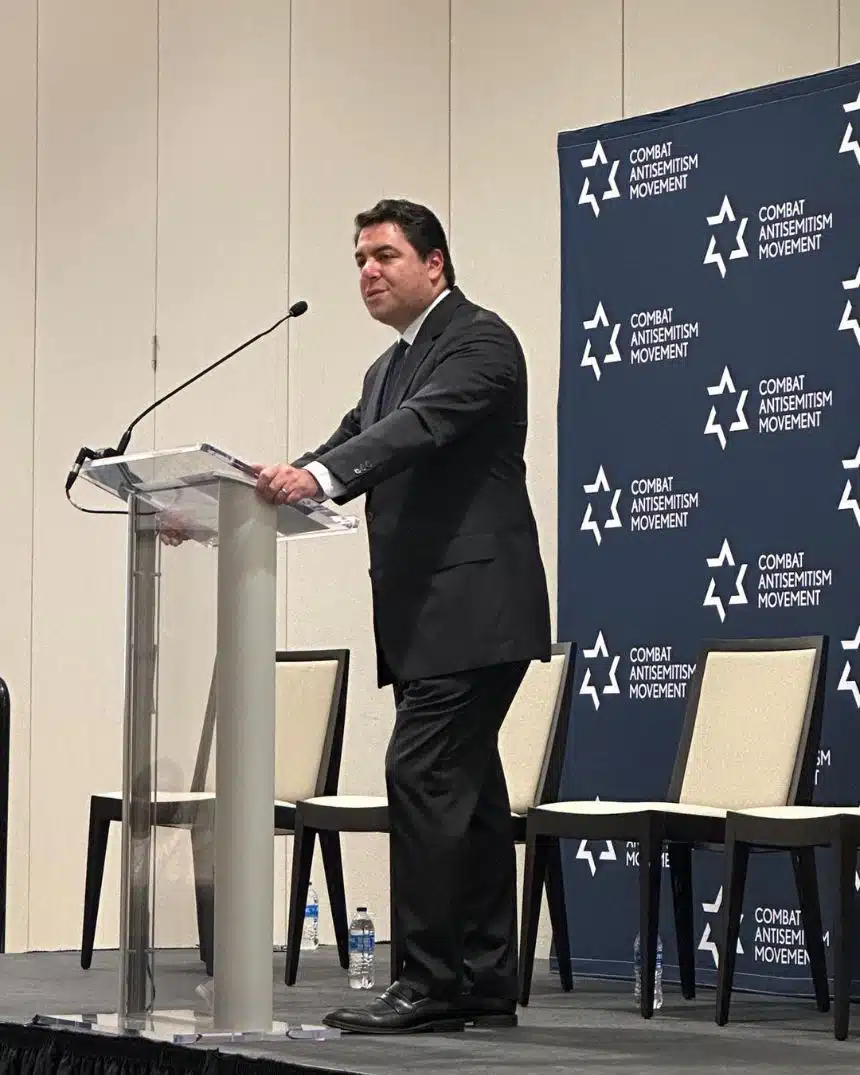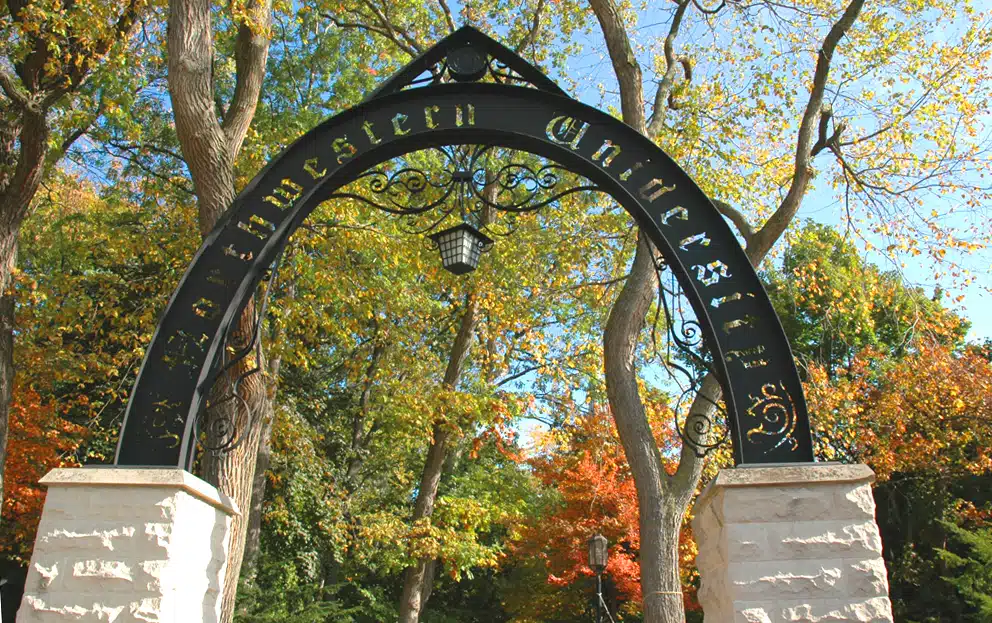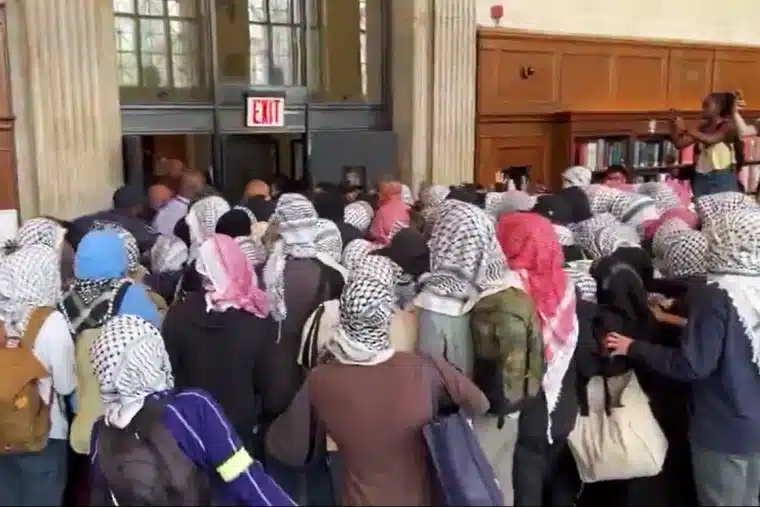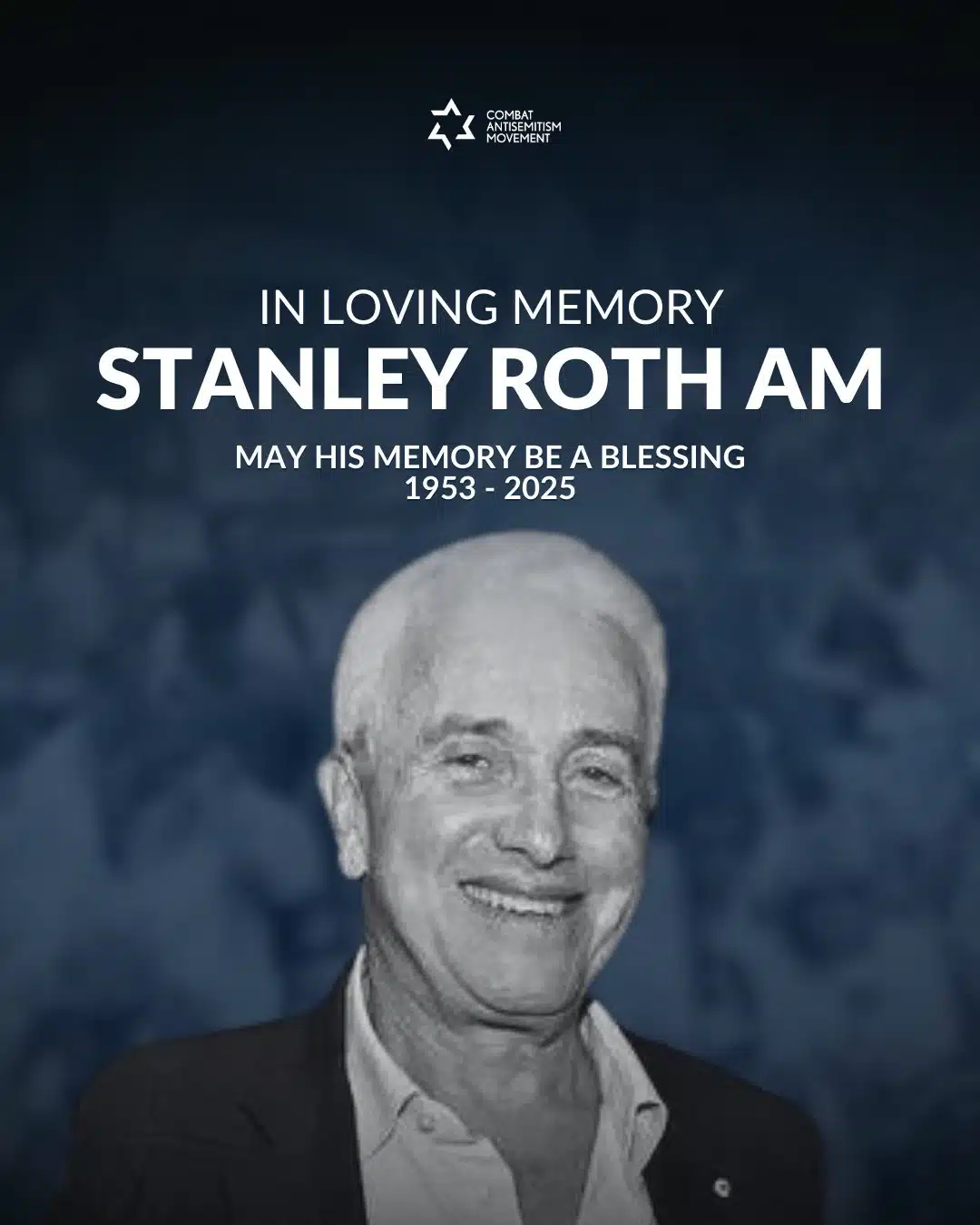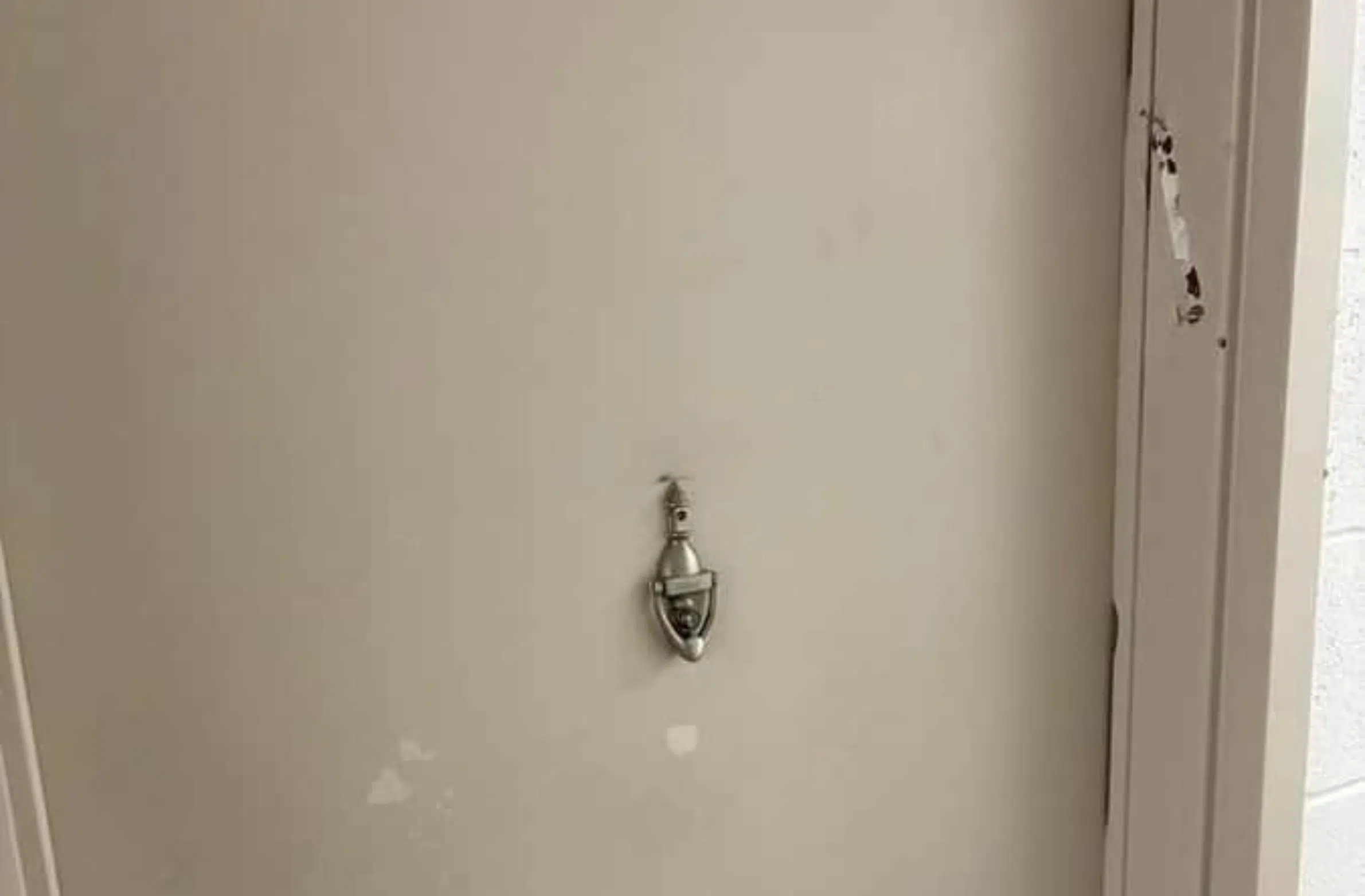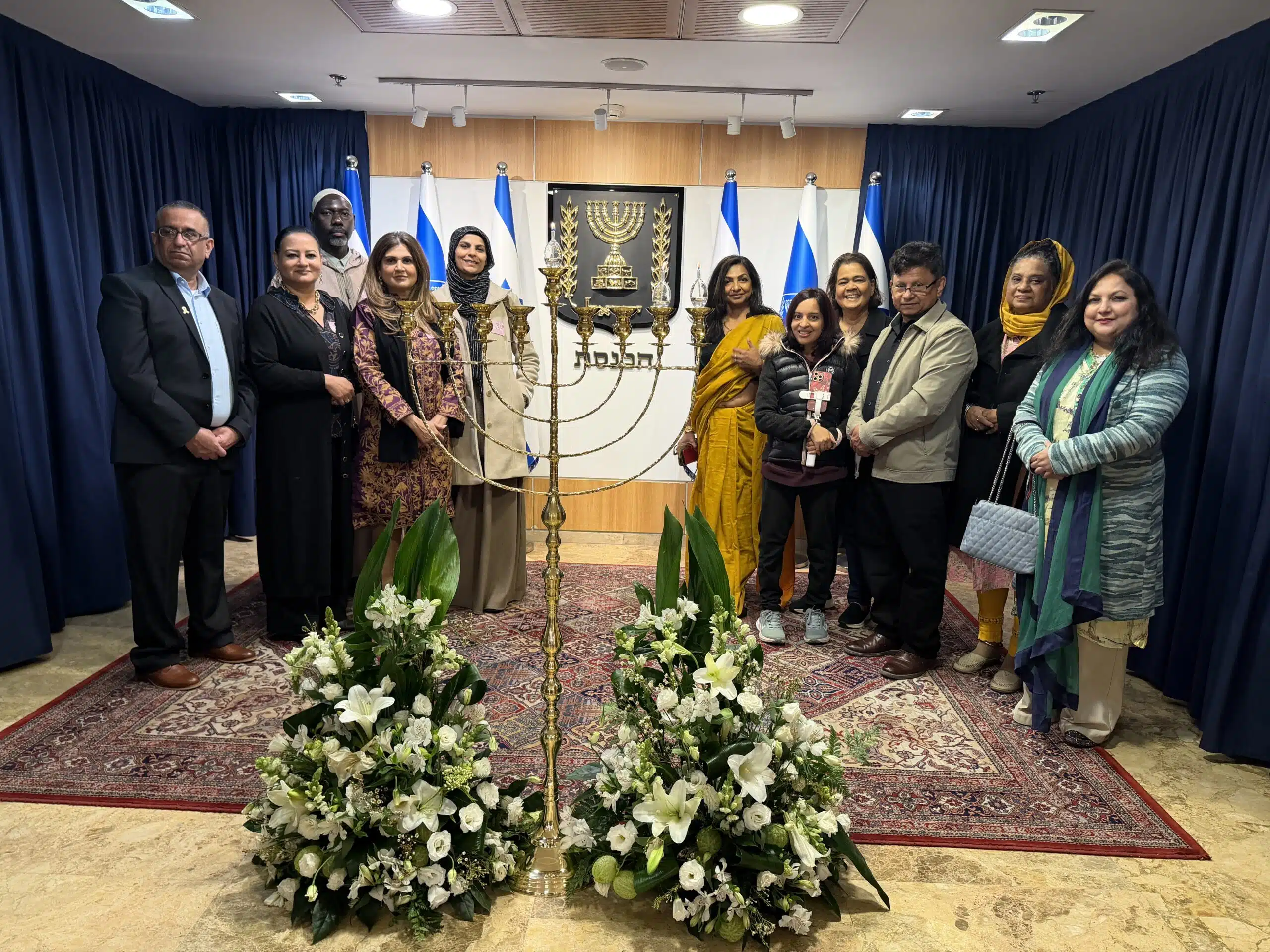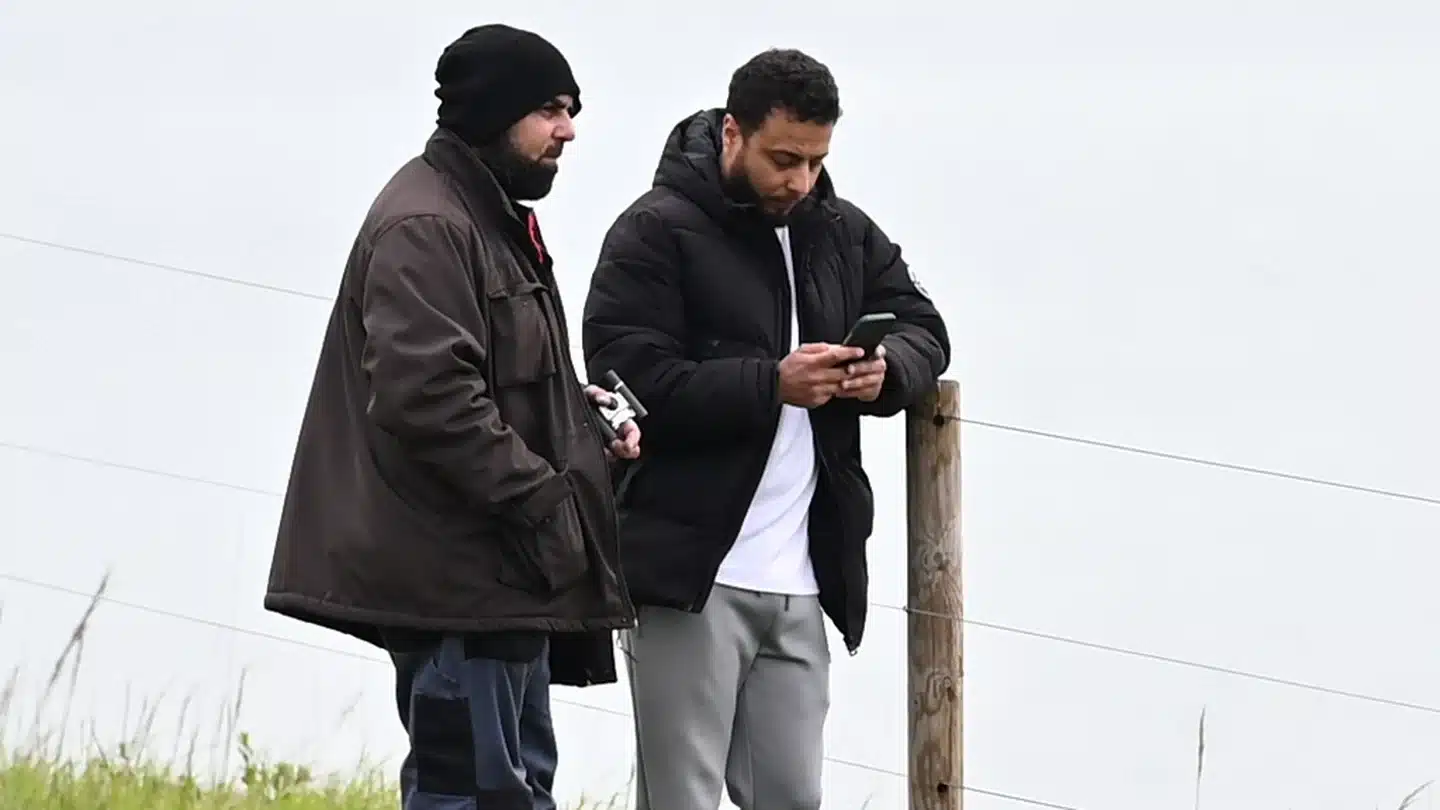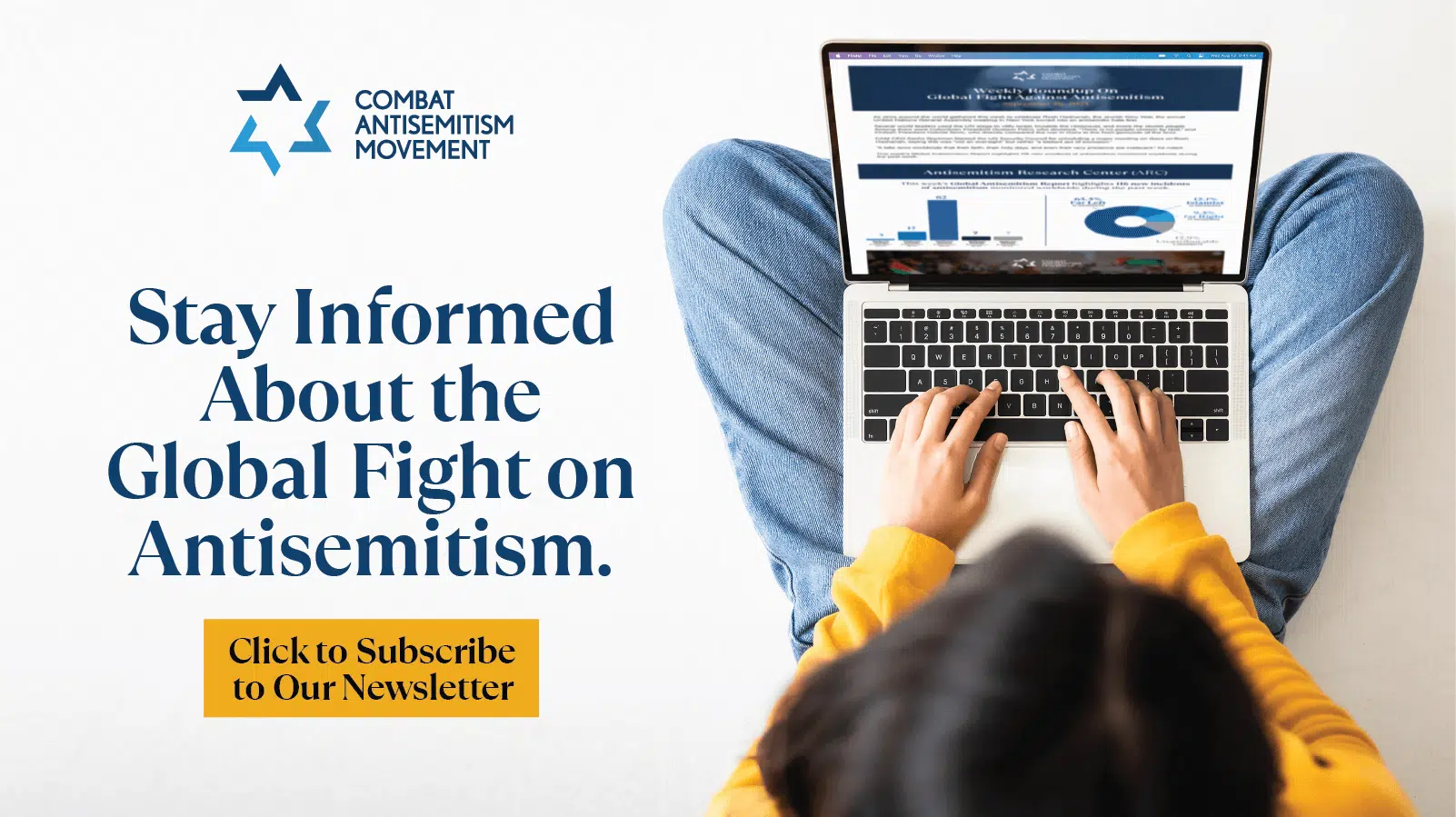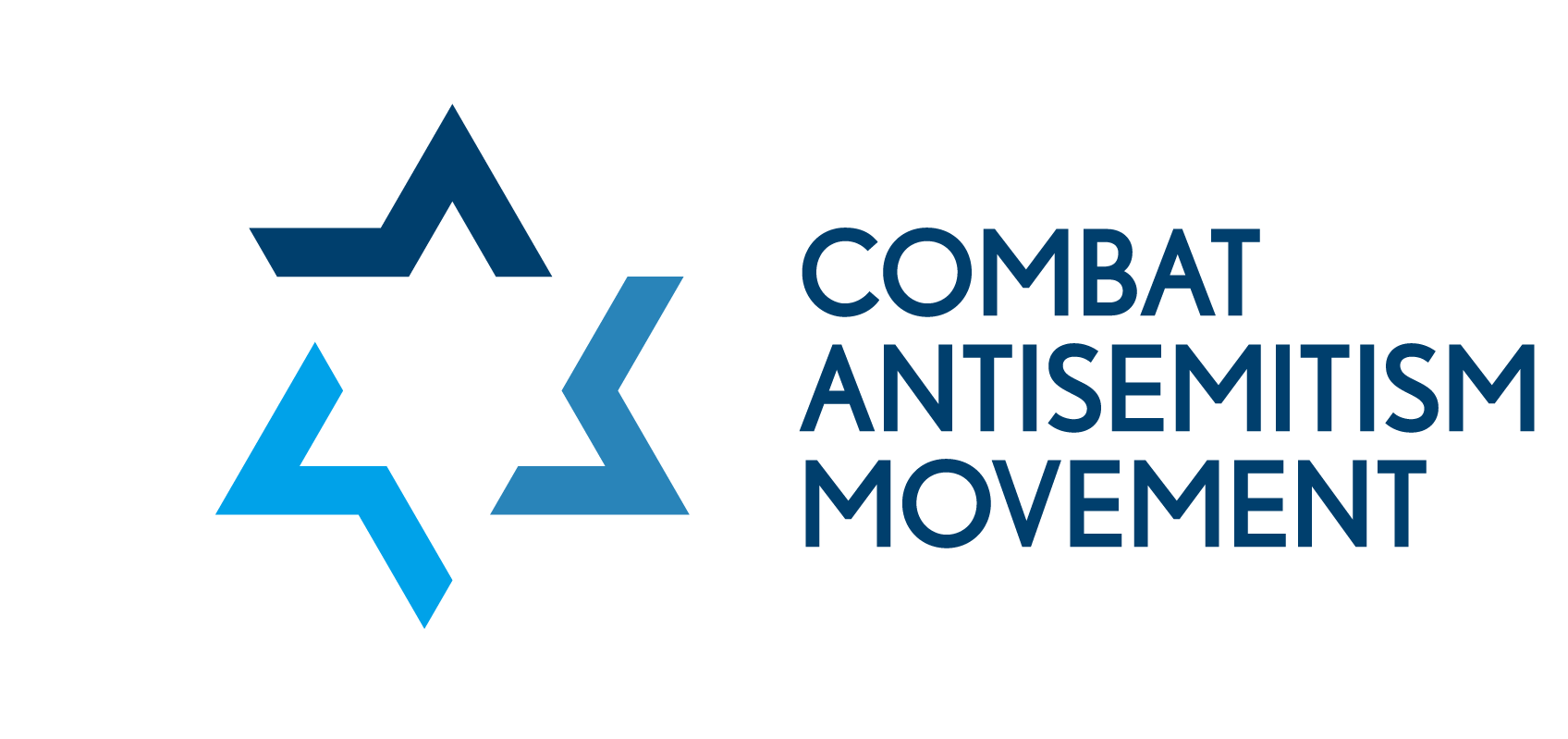|
Getting your Trinity Audio player ready...
|
University administrators, educators, policymakers, students, and community leaders gathered at the University of South Carolina campus in Columbia earlier this month for the Summit to Combat Antisemitism in Higher Education, hosted by the Combat Antisemitism Movement.
Among the distinguished speakers addressing the forum was Dr. Jonathan Silver, chief programming officer of the Tikvah Fund.
In his remarks, Silver highlighted the key role of education in the fight against antisemitism, and he highlighted Tikvah’s Jewish American Heritage Curriculum.
Silver’s full remarks are available HERE:
Anti-Semitism is one of those things that is hard to discuss with real precision. It sometimes looks like a form of discrimination, or racial hatred, it can look like a spiritual disorder, it can look like a social pathology. If we’re going to combat anti-Semitism on campus or anywhere else, we have to understand what it is, and given that, the first thing to know about anti-Semitism is its mutability.
Thank you, Governor McMaster and Attorney General Wilson; I know there are some folks from the Israeli Consulate here today – thank you for being here. President Amiridis, and the whole team at CAM, thank you for your leadership, and for convening this important set of discussions about anti-Semitism on college campuses. We just heard from these terrific students about what’s been going on there. I want you to notice both the environment they describe, but also the moral confidence and courage that these young women and men are able to summon up.
Our educational approach
At my organization, Tikvah, we work with hundreds of young women and men each year in classrooms all over the country. We aim to teach young Jewish students about the vital interplay between their Jewish inheritance and the capacious, exciting story of Western civilization that we as much as anyone else are responsible for preserving.
We aim to teach young Jewish students about the miraculous story of how, in the middle of the last century, the Jewish people were annihilated in the European lands they had lived in for over a thousand years, and then in the same decade, recovered their sovereignty and national freedom in the land of their ancestors. We aim to teach young Jewish students about the responsibilities they have to America, a great and exceptional country whose history the Jewish people helped to shape and whose future the Jewish people can still help to forge. We at Tikvah first met Shabbos Kestenbaum as a 16-year-old high school student, and I’d like to think that Tikvah played a role in his formation.
That kind of formation, I want to emphasize, really doesn’t come about by serving up ready-made arguments and memorizing flat and unpersuasive talking points. The kind of formation that Tikvah is engaged in is education in a deeper sense: studying enduring questions and abiding dilemmas in Jewish text and Western philosophy, in the debates over Jewish nationalism, and in the great civic issues that animate the American constitutional order. For nearly 20 years, we have been developing seminars and curricula that put students before primary texts, and orchestrate a serious, mature encounter with the great authors of America and the West.
When we think about the many-sided problems of anti-Semitism on campus, we have to consider the sorts of students that arrive onto campus, and the ideas and attitudes – towards the Jewish people, towards the state of Israel, towards the United States of America – that these students arrive on campus with. If we want there to be less anti-Semitism around the seminar tables and in the quads of our great colleges and universities, then education has to start before students arrive at the seminar tables and quads of our great colleges and universities.
The idea of instituting a Jewish American heritage curriculum is an inspired idea, and if done in the right spirit, it would deepen every student – Jewish or non-Jewish, whether they go to a private religious school, a classical school, a public school. The Jewish American heritage curriculum that we’ve developed reinforces the exceptional nature of America, the indispensable role of communities of faith in American society, and the history of American self-government.
What I’d like to do in the few minutes that I have with you this morning is, first, to explain briefly how we should understand anti-Semitism; and then, second, to lay out three concrete examples from our Jewish American Heritage Curriculum that illustrate why this course of study is so important.
I said a few moments ago that anti-Semitism can look like a form of discrimination, or a racial hatred, or a spiritual disorder, or a social pathology. And I said that, given its many manifestations, the first thing to know about anti-Semitism is its mutability.
What is anti-Semitism?
Think historically with me for a minute. In those ages of the human past when the dominant cultural authorities were religious, then anti-Semitism was expressed in theological dispute and took the form of religious persecution. In those ages of the human past when the dominant cultural authorities were scientific, then anti-Semitism was expressed in the medium of pseudo-racial science. In the present age, the dominant medium of moral judgment comes from human rights, and anti-Jewish views have been transmuted to fit this discourse. Just as Jews once carried the religious burden of apostasy, and then Jews were scientifically accused of racial inferiority, in our time Jews bare the guilt of apartheid and racism, in our time Jews bare the guilt of genocide and war crimes. No less than in the medieval era of theological disputation, Jews today stand accused of sins of the age. When, in five years or fifty years or five hundred years, the modes and orders of our civilization change, so will the expression of anti-Semitism.
And if that’s true, that anti-Semitism is adaptive and mutable, then it follows that its essence cannot be fully comprehended by any of those particular paradigms. It can be expressed in a religious idiom, but it isn’t essentially a religious problem; it can be expressed in the language of racial science, but it isn’t essentially a scientific problem; it can be expressed in the language of conservatism or progressivism, but it isn’t essentially a conservative or progressive problem.
Ladies and gentlemen, I want to offer you the definition of anti-Semitism that was coined by the great scholar Ruth Wisse. Anti-Semitism is politics organized against the Jews. It is politics organized against the Jews. And understanding anti-Semitism in this way has vast consequences.
For one thing, you can immediate see how useful it is for cynical demagogues and tyrants to have a little people, thought to have much influence, that – until 1948 – did not have the means of physical self-defense. You could scapegoat many problems onto that people, and they could not respond. You can accuse them of anything – even opposite things – and they can’t do about it. You can accuse them of cosmopolitan rootlessness so that they are not to be trusted as members of the community, and you can accuse them of being clannish and narrow. You can accuse them of being capitalists and you can accuse them of being communists. You can accuse them of having the wrong sort of religious devotion, and you can accuse them of spreading secular irreligion.
You can accuse them of being poor, you can accuse them of being too wealthy. You can accuse them of being nationless and you can accuse them of being nationalistic.
In all of this, the Jews seem like the target of anti-Semitism, and in fact, the Jews are the target of anti-Semitism. But, ladies and gentlemen, the real insight that I think this understanding unlocks for us is not about the Jews at all. It is about the host societies in which anti-Semitism is allowed to fester. If political problems are blamed on the Jews, that is a way to avoid dealing with them. It is a mechanism of avoiding political responsibility, it is a tell-tale sign that the muscles of self-government have grown soft and anemic, it is a civic barometer for the health of the nation.
Think of the Soviet Union, which immiserated and murdered millions upon millions of people in the twentieth century, and consider the role that the Jews played for its cynical leaders. They need not actually solve the problems of mass starvation and material poverty because they could go along blaming those problems on a tiny minority that had no ability to defend itself. The Jews of the Soviet Union survived – I’ll come back to that in a moment. But what of the Soviet Union itself. The Jews survived; the society that organizes its politics around blaming the Jews does not.
As a political scientist I can tell you that is not just the fate of the Soviet Union. From Pharaoh’s Egypt in the book of Exodus to the repressive tyrannies in the Middle East today, that is the fate of all societies that organize their politics around blaming the Jews.
With anti-Semitic attacks and anti-Semitic attitudes entering closer and closer into the center of the public discourse, that is why America must not fall prey to this form of blame and avoidance. We Americans are a great and proud people, and we must inoculate ourselves against this political poison.
Two examples
Education is the answer. Let me give you two examples from our presentation of the American Jewish Heritage. In the first example, I want to share what we teach about the Jewish contribution to religious freedom for all Americans.
When Congress proclaimed the end of the Revolutionary War just before Passover in 1783, many Jews drew parallels between themselves and the deliverance of their ancestors who were freed from bondage in Egypt.
In 1790, Moses Seixas from Newport Rhode Island, engaged in a notable correspondence with George Washington, which has become a significant historical document expressing the Jewish community’s hopes for religious freedom and equality in the newly established United States.
Seixas wrote a letter as part of a welcoming address to President Washington during his visit to the town. In this letter, Seixas praises the U.S. government for ensuring liberty and freedom of worship, and, in what has become a famous quote in American history, wrote that the government “gives to bigotry no sanction, to persecution no assistance.”
George Washington then wrote a response to Seixas, and it is equally famous and often cited for its eloquent support of religious liberty. Washington echoes the words of Seixas and goes further, stating that “It is now no more that toleration is spoken of, as if it was by the indulgence of one class of people, that another enjoyed the exercise of their inherent natural rights.” Washington affirms that all citizens should be free to profess and support their religious beliefs without fear of reprisal or discrimination, reflecting the principles of freedom and equality that are foundational to American democracy.
This exchange is as a pivotal moment in the history of religious freedom in the United States, and students of all faiths and none should be able to read it and wonder at how such a small people could help develop such a fundamental right as this one.
Students should students the correspondence between Seixas and President Washignton, and then engage some serious questions:
- Why would the threat of bigotry and persecution be a major concern for many Jewish immigrants to America?
- What does Seixas mean when he says that the United States affords “to all Liberty of conscience, and immunities of Citizenship”?
- Seixas concludes his letter by thanking G-d “for all these Blessings of civil and religious liberty.” He also blesses Washington, asking G-d to help guide him like the “Angel who conducted [guided] our forefathers through the wilderness into the promised Land.” In what sense is America of 1790 still in the wilderness? What is the “promised land” that Seixas is imagining?
One more example, zooming way ahead in our national story. After World War II, the “Iron Curtain” subjected Jews and others in Eastern Europe to severe Soviet repression, restricting religious practices, cultural expression, education, and emigration.
In response, the global Jewish community, led significantly by American Jews, advocated against Soviet oppression. The Jackson–Vanik amendment (1974) tied American-Soviet economic relations to the emigration rights of Jews and other minorities, and it marked a pivotal moment in the exercise of American foreign policy during the Cold War.
For American Jews, this advocacy was both a fight against Soviet injustices and a moral imperative to promote human rights universally. The “Freedom Sunday for Soviet Jews” rally on December 6, 1987, saw over 200,000 participants, including prominent political figures, advocating for Soviet Jewry.
These advocacy efforts, combined with other foreign policy actions, pressured the Soviet Union to implement reforms, that did lead to greater immigration.
Students should study the arguments in the U.S. Senate, and the Jewish voices that gave them urgency and shape. We can help them ask:
- How did the Jackson–Vanik amendment influenced U.S.-Soviet relations and what impact did it have on the emigration rights of Jews and other minorities in the Soviet Union?
- What role the Jewish people, tied to the principles and purposes of America, have to play in the actions of the country as a whole.
You see, ladies and gentlemen, when telling the story of American Jewish heritage, I’d like the 18th century correspondence between Seixas and Washington to demonstrate how the Jews helped America realize its promise of religious freedom.
We should come around to the 19th century, when Jewish ideas and Jewish scripture inspired Abraham Lincoln, our greatest president, to confront our greatest constitutional peril, reaching in Second Inaugural for Hebraic wisdom from the chosen people to ensure the political survival of the Americans whom he called the “almost chosen people.”
I’d like the 20th century activism for Soviet Jewry that led to Jackson-Vannick, demonstrate how the Jews helped America to shoulder its responsibility to defeat the Soviet Union and project its power in the world for good. The story of American Jewry in the 21st century is being written right now, and it’s up to us.
The American Jewish Heritage curriculum is a way for Americans to stave off the poison of anti-Semitism by showing that American society is at its best when its subcultures of religious and civic depth contribute to the common good. That’s how, in the long run, we prevent the politics of avoidance and blame from defining our universities, bolster the American traditions of republican self-rule, and rely on the Jewish story to help secure the blessings of liberty, to ourselves, and our posterity.

